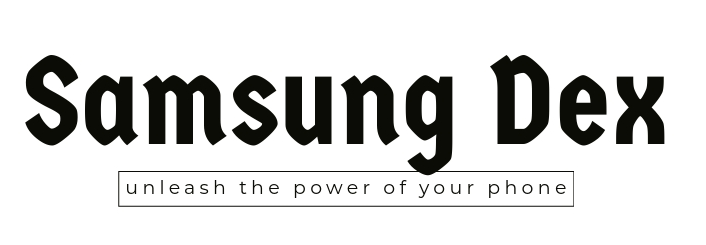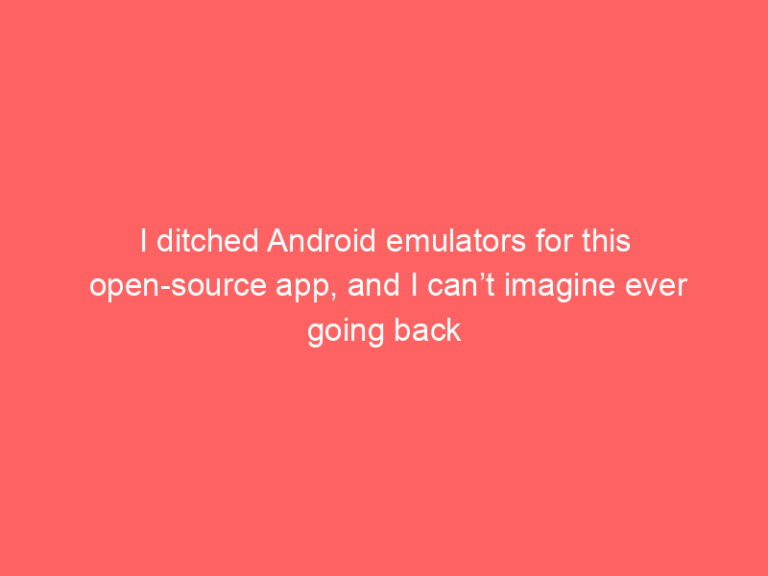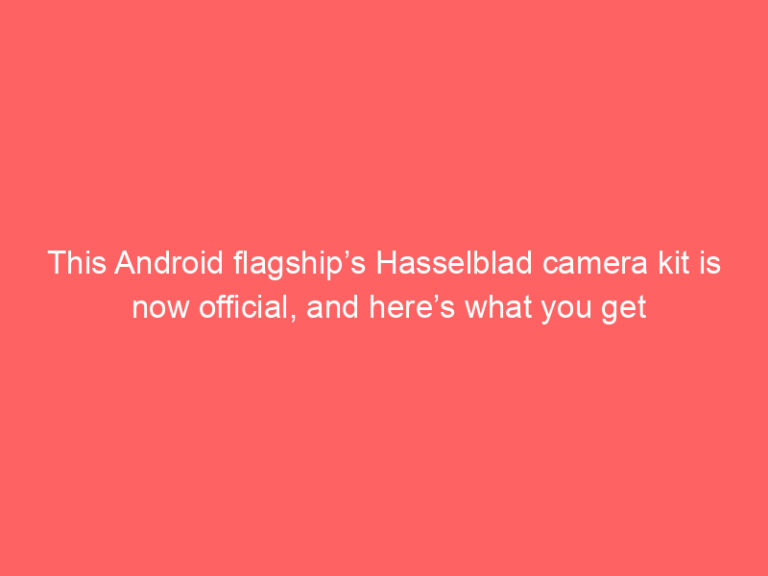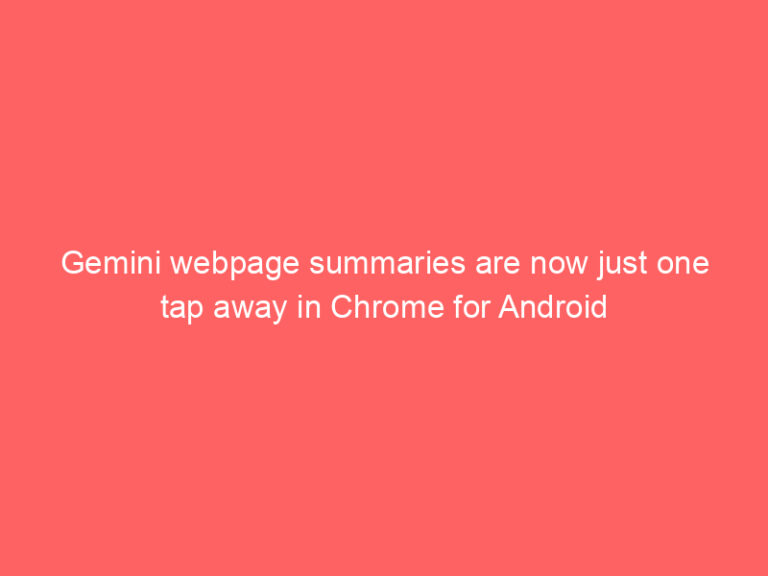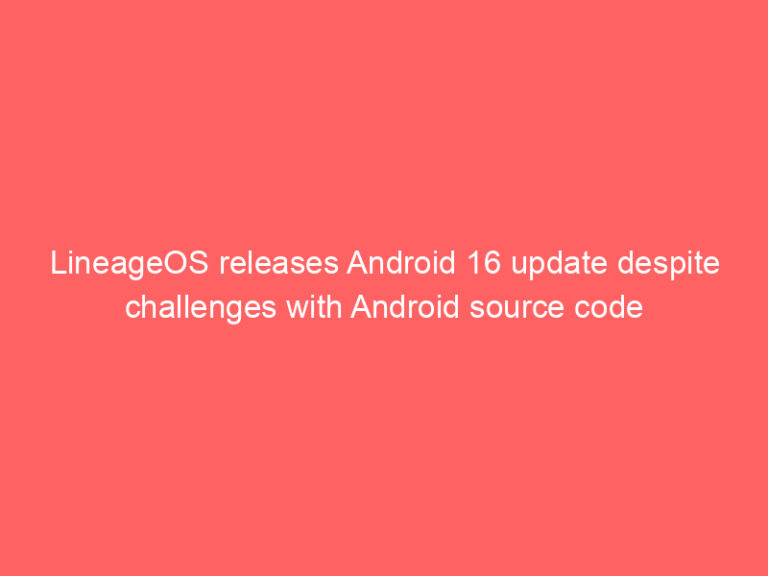
Android’s Flashy Future: Is It Fast Enough?
The promise of lightning-fast charging has captivated users for years. But despite significant advancements, the reality of fast charging on Android devices remains frustratingly slow. In this blog post, we delve into the murky waters of this technology, exploring the current definition, highlighting the limitations, and proposing solutions to get Androids charging lightning fast.
The Current Landscape of Fast Charging
Fast charging on Android devices was once considered a magical affair. Phones like the Samsung Galaxy S10 could go from zero to 80% charge in under 30 minutes, offering a near-instantaneous top-up. However, recent years have seen this speed plummet, with many flagship phones languishing around the 20% mark for hours.
The culprit? A lack of standardization. Different OEMs (original equipment manufacturers) implement fast charging differently, resulting in varying charging speeds. Additionally, the battery technology and size also play a significant role in dictating charging performance.
Demystifying the Definition: A Deeper Look
The official definition of fast charging is the ability to reach 80% charge within 30 minutes. However, this is a misleading benchmark for several reasons:
* Variable Charge Speed: Phones using different batteries can reach 80% charge at different rates.
* Charging Time vs. Charging Speed: Phones with the same charging speed may take longer to reach 80% compared to those with faster charging.
* Battery Technology Matters: Phones with larger batteries naturally take longer to charge than those with smaller batteries.
Recognizing the Limitations
The current definition is not an accurate measure of fast charging performance. It only provides a snapshot of how fast a phone can go from 0% to 80%, but it doesn’t tell the whole story.
A Path Towards Optimizations
To address this issue, we need to consider the bigger picture:
* Standardization: Establishing a consistent and clear definition for fast charging across all OEMs is crucial.
* Battery Optimization: Reducing battery temperature and improving cell efficiency can significantly improve charging rates.
* Software Optimization: Manufacturers and developers can implement features like dynamic charging and power saving modes to improve overall charging efficiency.
Conclusion
The quest for lightning-fast charging on Android is far from over. While we’ve seen some progress, the current definition remains misleading and the limitations need to be acknowledged. By working on standardization, optimizing batteries and software, and addressing the challenges of individual OEMs, we can finally achieve the promised future of fast charging in the Android world.
